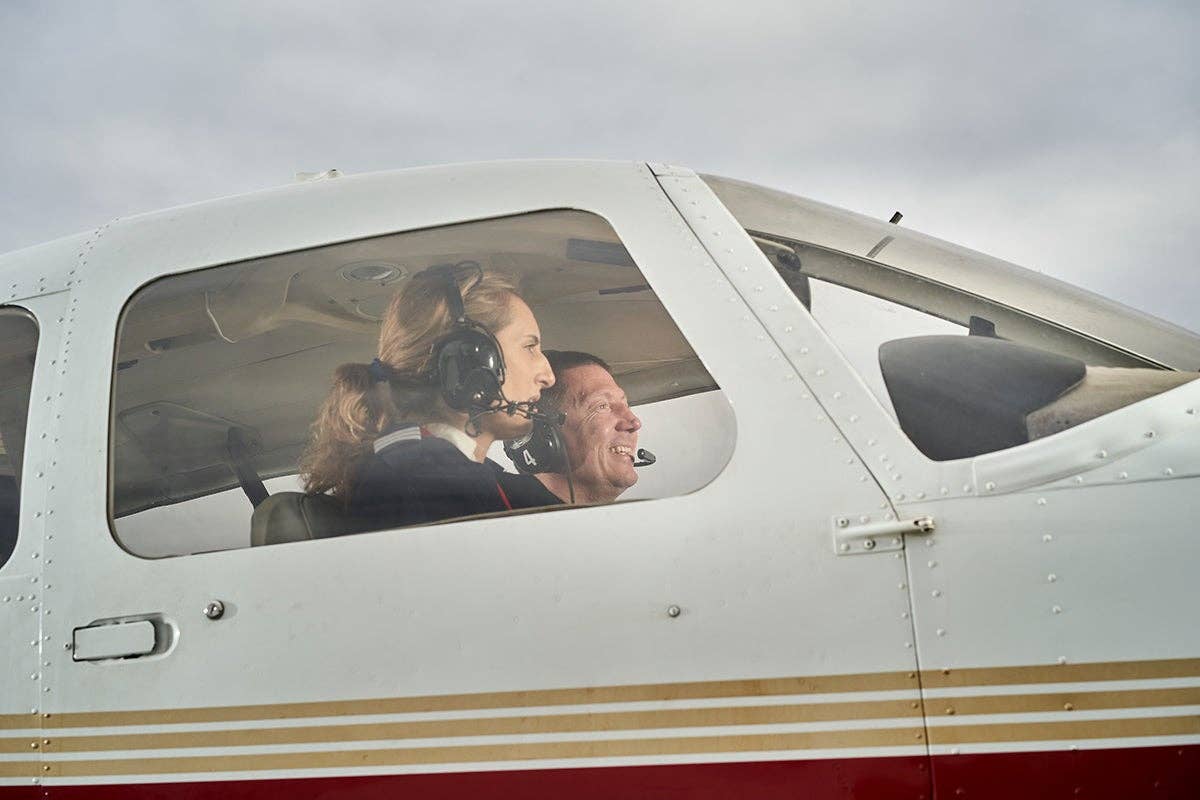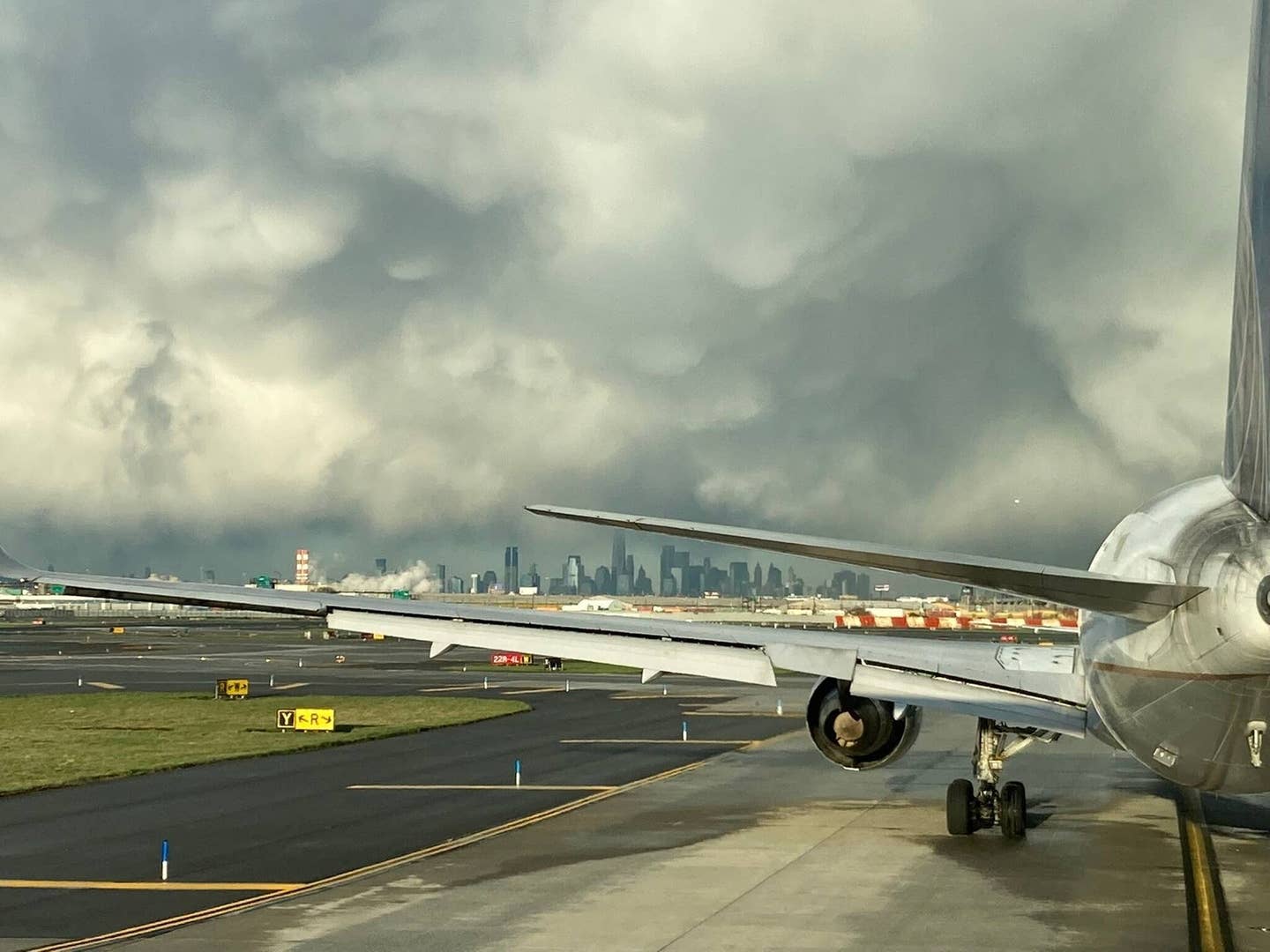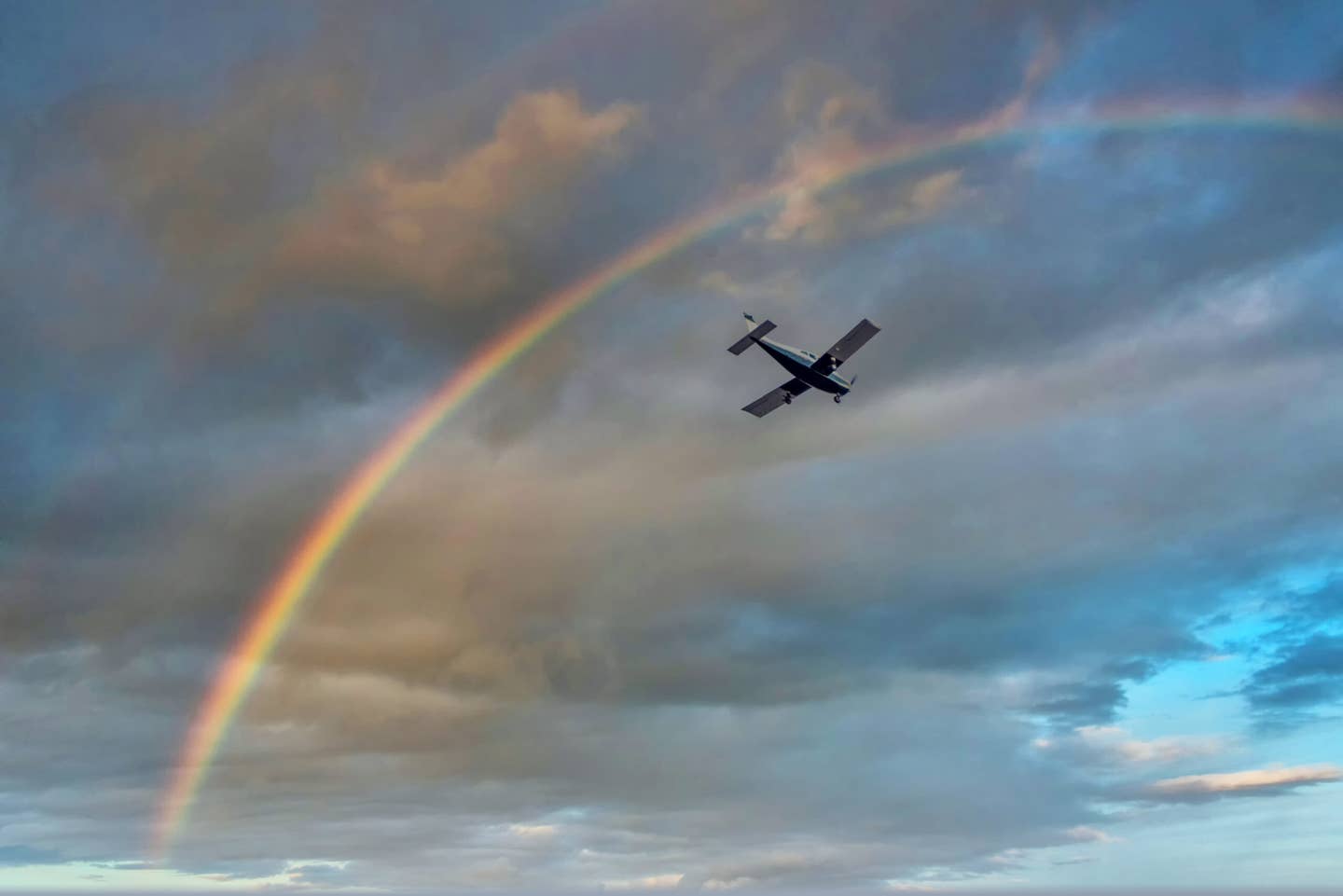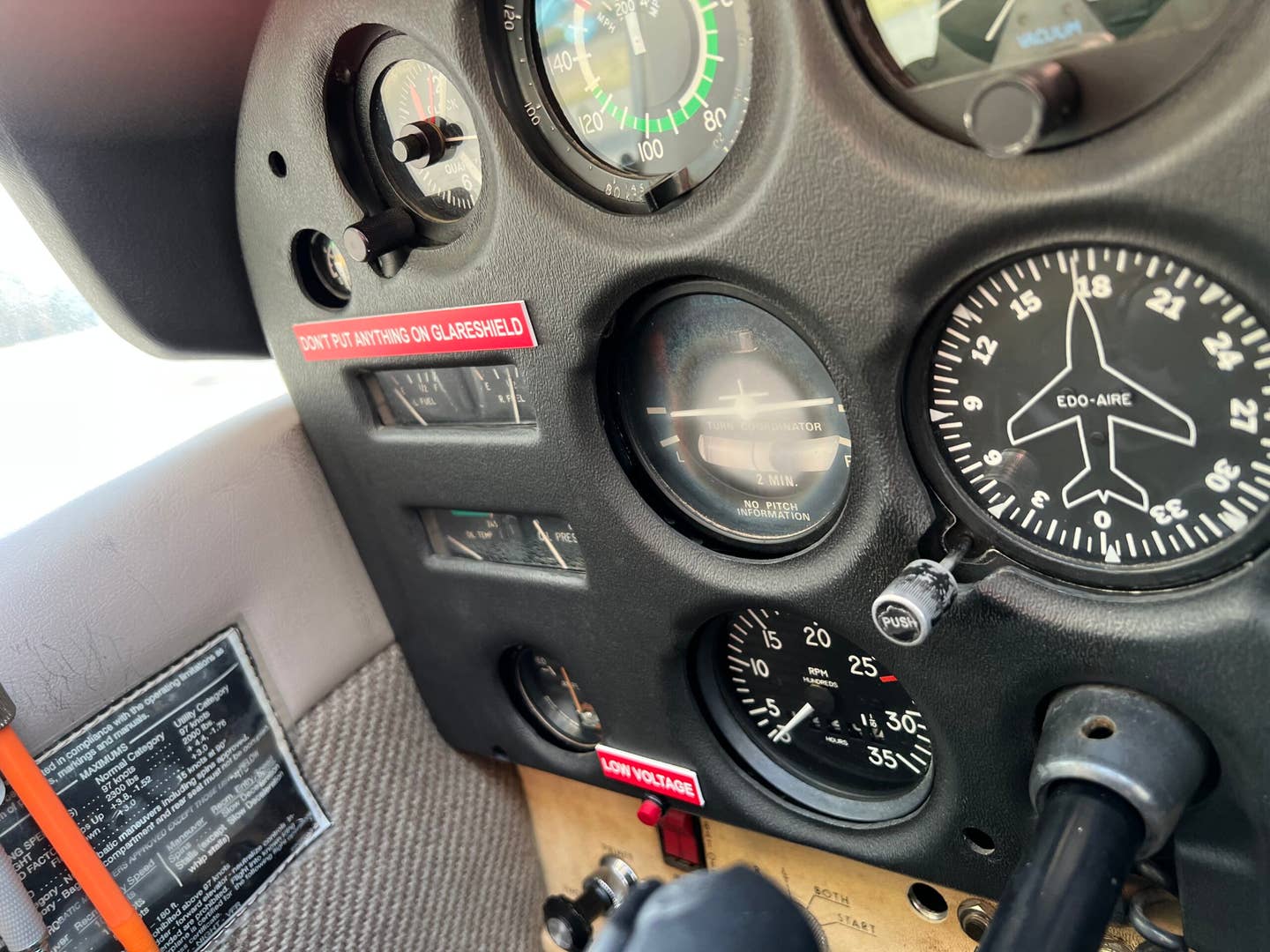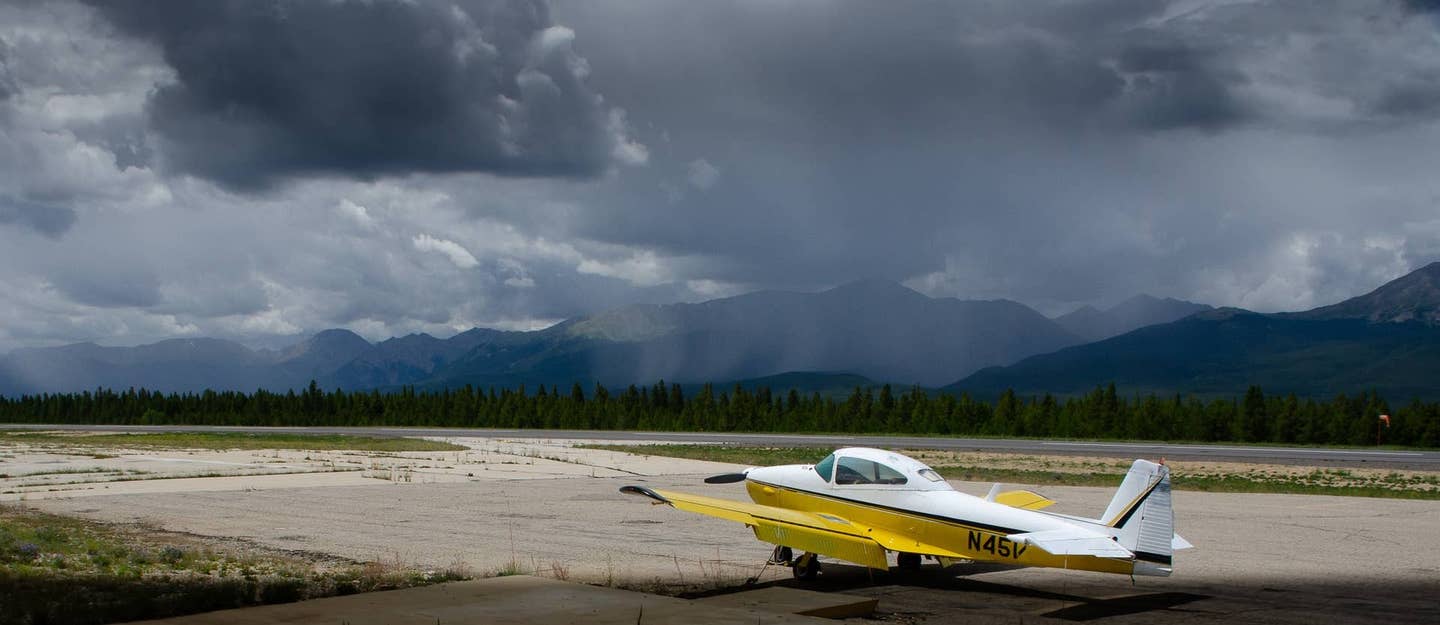
Mark Phelps
I was flying to Teterboro Airport in New Jersey, for parking at the Dassault Falcon Jet flight ops department. When I was about two miles to the northeast of the field for Runway 24, the controller told me to do a 360 for jet traffic landing on Runway 19. Old Bonanzas are great short field airplanes, and after my brief circle tour of Hackensack, I easily made the first turnoff (Taxiway Romeo) to the ramp. The ground controller asked if I were going to "Dah-Salt," (as so many people mispronounce the name), and I corrected him, "It's French: 'Dass-Oh.' Kinda rhymes with 'Lasso.'"
Remarking on the short ground roll and turnoff, he quipped back, "We could have used 'LAHSO' for you."
LAHSO (Land And Hold Short Operations) allow aircraft to land or take off simultaneously on intersecting runways as long as the pilot understands and accepts the procedure. In this case, the controller was joking. LAHSO is authorized for both runways at Teterboro — but in the opposite direction. (Click here for a PDF diagram of Teterboro Airport)
The Available Landing Distance (ALD) is 3,750 feet for landing on 6,013-foot Runway 6 and holding short of Runway 1-19. For landing on 7,000-foot-long Runway 1, there is 4,550 feet of ALD to hold short of the intersection with Runway 6-24. That means there is only around 2,000 feet from the touchdown zone of Runway 24 to the hold-short line of the intersection. Plenty for a Bonanza pilot on a good day, but not safe for day-to-day LAHSO involving jets.
As you can imagine, LAHSO can dramatically increase the capacity of an airport with intersecting runways. When winds are moderate, it's possible to use one runway for takeoffs and the other for landings, or land two aircraft at once. Section 4-3-11 of the Aeronautical Information Manual (AIM) tells pilots they should be familiar with the LAHSO requirements for all runways at possible destination airports. That includes knowing the ALDs and slope information for each runway. The AIM does say that the pilot can request ALD and other information from the tower controller. Sometimes, a set of eyeballs and some common sense will tell you right away whether or not there is enough runway to consider accepting a LAHSO clearance to land from your position. Of course, you're not required to accept a LAHSO clearance if you're not comfortable with the situation. If you're not sure you can comply, don't try to be a hero.
Other information on LAHSO in the AIM includes ceiling and visibility requirements (1,000 feet and three miles) to ensure separation from traffic; a caution to be on the lookout for surface vehicles on the intersecting runway as well as aircraft; and also, procedures for a rejected landing — "… the pilot should maintain safe separation from other aircraft or vehicles and should promptly notify the controller." On rollout, pilots should exit the runway at the first available taxiway, or stop at the LAHSO hold-short line. There is much more, too.
Finally, the AIM does not address the issue of runway contamination, but, again, common sense should tell us (and the controller) that a wet or icy runway will seriously compromise our ability to comply with a LAHSO clearance.
Call to action: If you have any tips of your own you'd like to share, or have any questions about flying technique you'd like answered, send me a note at enewsletter@flyingmagazine.com. We'd love to hear from you.

Sign-up for newsletters & special offers!
Get the latest FLYING stories & special offers delivered directly to your inbox

